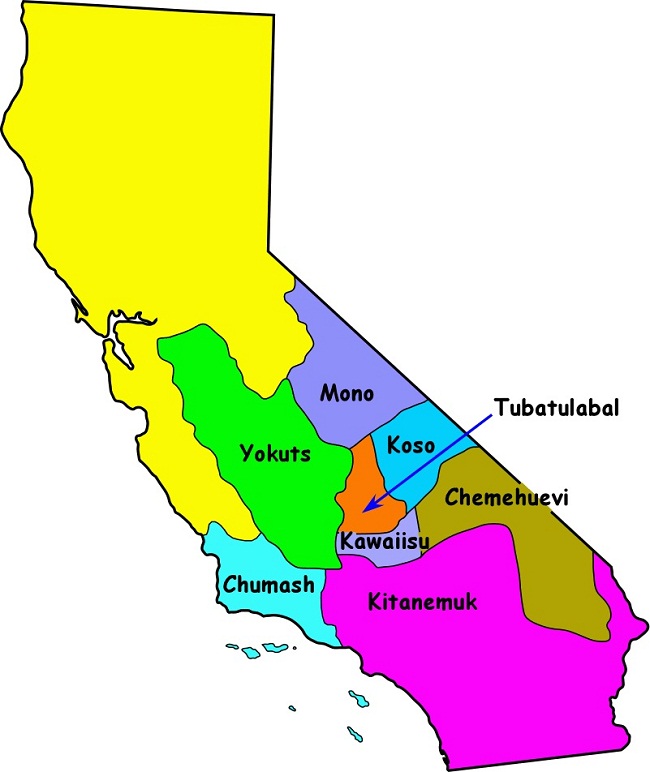

Early contact was marked by few incidents of conflict between Whites and native partners in the fur trade. Native participation, as fishermen and cannery workers, in the even more rapidly expanding fishing industry grew through the later years of the nineteenth century.

In the 1870s, an Anglican missionary assembled his Fort Rupert converts at Alert Bay, where he later established a sawmill to employ natives in the developing timber industry. Through those groups on the north end of Vancouver Island there was direct participation in the early fur trade, but significant economic impact did not begin until the establishment of Fort Rupert ( 1849) -for many decades the economic and ceremonial focus of the Southern Kwakiutl. Early contact with Europeans began for some groups in the 1780s with maritime fur traders, for others, with American, British and Spanish Voyages of exploration in 1792. At least in historic times, territorial acquisition also rose to prominence as the Lekwiltok Kwakiutl drove Comox Salish from the southern reaches of Johnstone Strait. The taking of slaves and other plunder had undoubtedly long characterized relations with neighbors. Relations with all these neighbors were similar to those that obtained among the Southern Kwakiutl groups themselves: a mixture of bellicose raiding and amicable feasting, marriage, and trade. Southern Kwakiutl border the Chickliset Nootka and Comox Salish on Vancouver Island and Homathco and Klahuse Salish and Owikeno Kwakiutl on the mainland. It contained at least three dialects: Koskimo, on the west coast of Vancouver Island centering on Quatsino Inlet Newetee (or Nawitti), on the northern tip of Vancouver Island and Kwakiutl for the balance of the area -predominantly the shores of Queen Charlotte and Johnstone straits and adjoining fjords and channels. Kwakwala, the language of the Southern Kwakiutl, belongs to the North Wakashan division of the Wakashan stock. Approximately 4,000 now live in the area. When Franz Boas's studies began, there were about 2,000 Kwakiutl, and at lowest ebb in 1929, half that number. The Population declined steadily during the nineteenth and early twentieth centuries. Hudson's Bay Company estimates for around 1835 put the population at about 8,575, but by then the numbers had already been reduced by disease. Most Kwakiutl remain in this area today: a few in their traditional winter Villages, more in larger settlements to which small groups have been attracted.ĭemography. Their territory lies between approximately 50 ° to 51 ☃0 ′ N and 125 ° to 127 ° W. Groups covered in this summary are those collectively referred to as the Southern Kwakiutl: occupants of Vancouver Island, the neighboring mainland, and the Numerous intervening islands. By extension, missionaries, government officials, and ethnologists identified all speaking obviously related dialects and languages as "Kwakiutl." The word Kwakiutl is native and variously interpreted as "smoke of the world," "smoke from their fires," and "beach at north side." "Kwakiutl" was initially and properly applied only to one local group, the Walas Kwakiutl of Queen Charlotte Strait, British Columbia, but was subsequently used by fur traders and others to designate the four groups (including the Walas Kwakiutl) that assembled at the Hudson's Bay Company's Fort Rupert in the 1850s. An entire tribe could live for a whole year on two to four whales.ETHNONYMS: Kwagulth, Kwakiool, Kwawkewlth, Kwawkwakawakw, Southern Kwakiutl Orientation The whale also was a source of oil and the bones were used for various tools. Once the whale was pulled to shore, it was cut up. The whale would become heavy and sink if this were to happen. The whale was then towed back to shore. After the whale died, the Indians tied its mouths shut so the whale’s lungs couldn’t fill with water. The umiak was about 30 feet in length. When a whale was spotted the chief was the first to strike it with his harpoon. The Inuit built large boats called an umiak. The Makah and Nootka often carved elaborate pictures and painted designs on their canoes. Some were more than 60 feet long. They built the canoes from the trunks of huge cedar and redwood trees. Only two tribes of Northwest Coastal Indians, The Makah and Nootka, hunted for food in the sea. Children were kept close to their camp for fear that they would be stolen by another tribe and become a slave. The Northwest Coastal Indians took slaves. Singing, dancing, and story-telling were part of the celebration. The person hosting the potlatch gave away as many gifts to his guests as he could. The Northwest Coastal tribes occasionally gathered together for a potlatch.


 0 kommentar(er)
0 kommentar(er)
